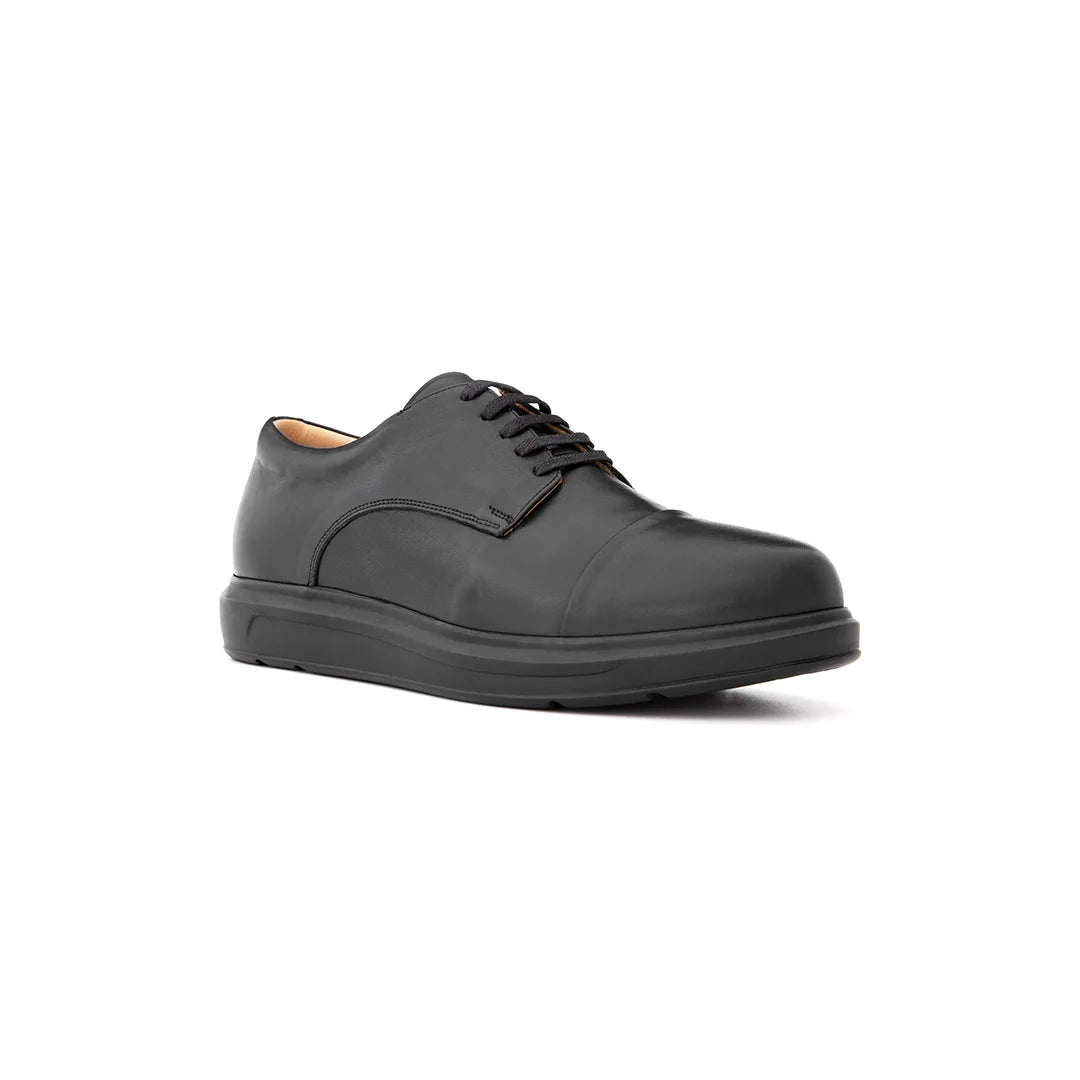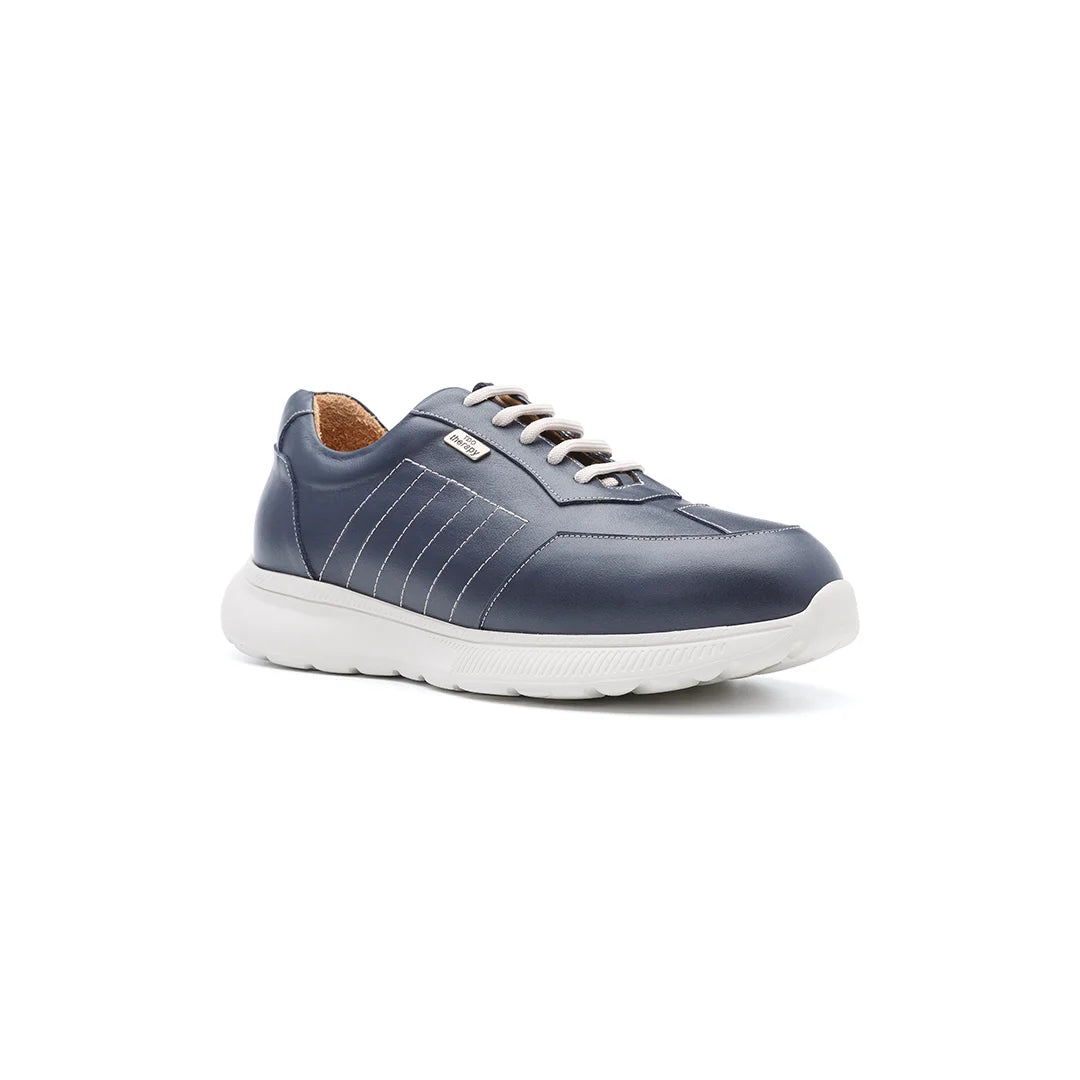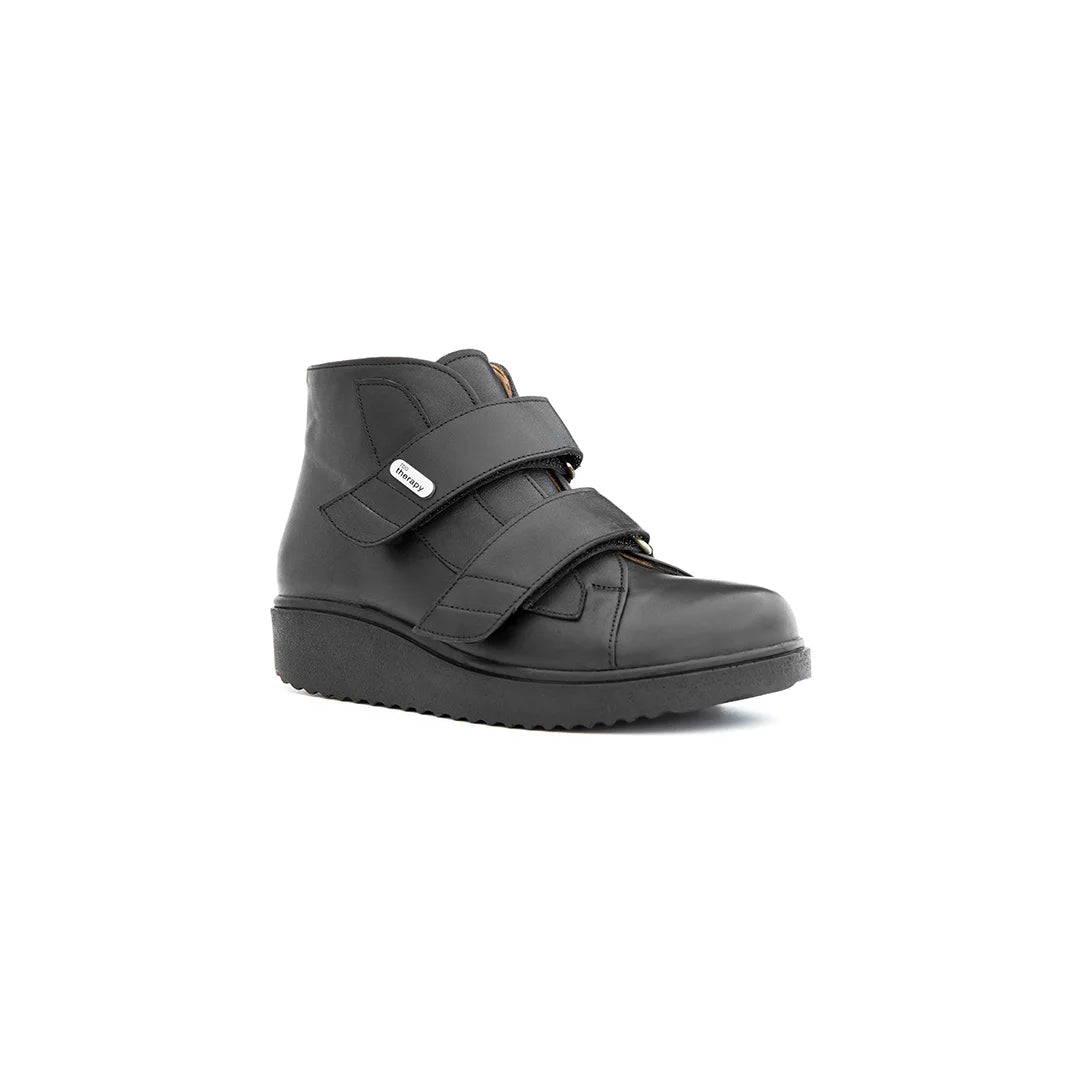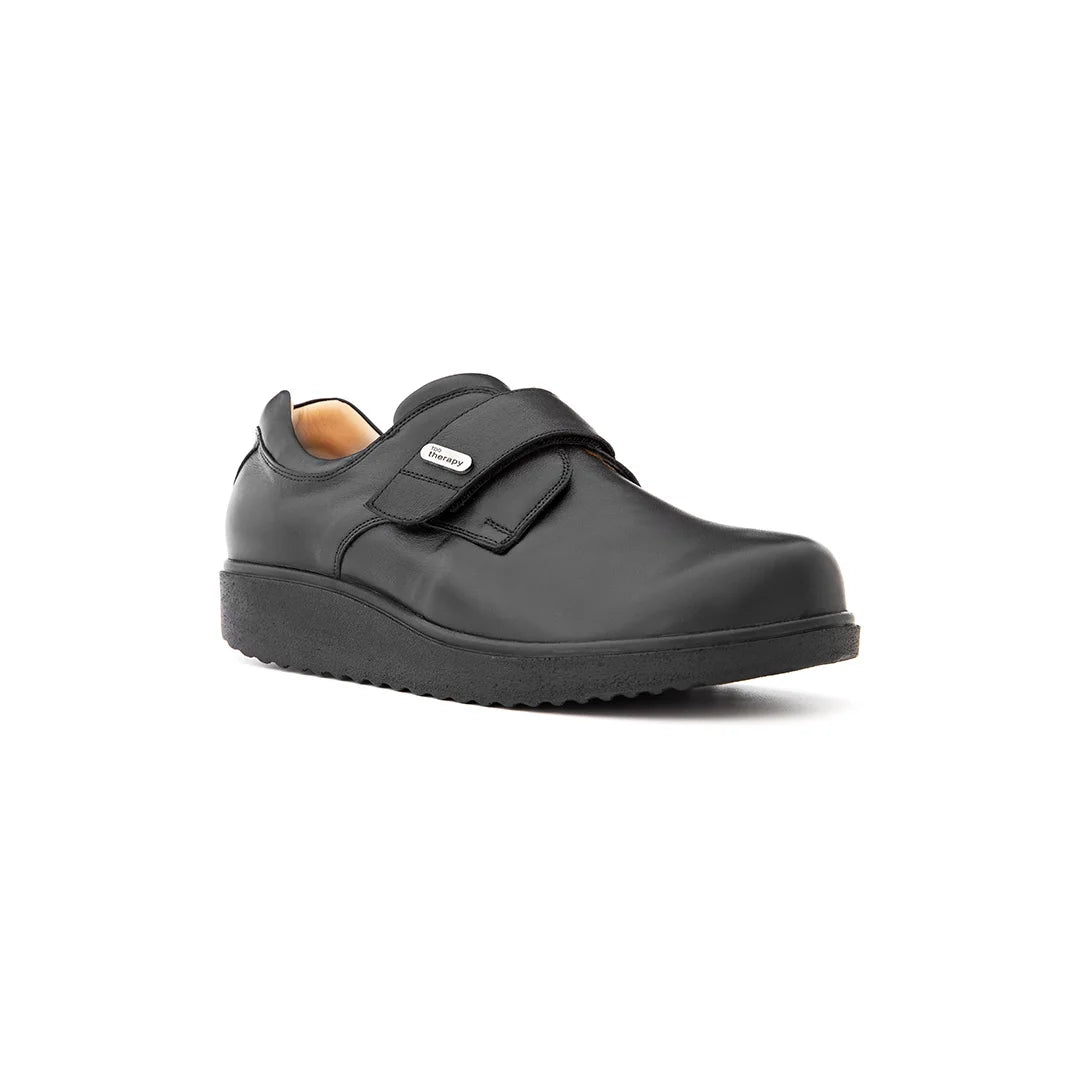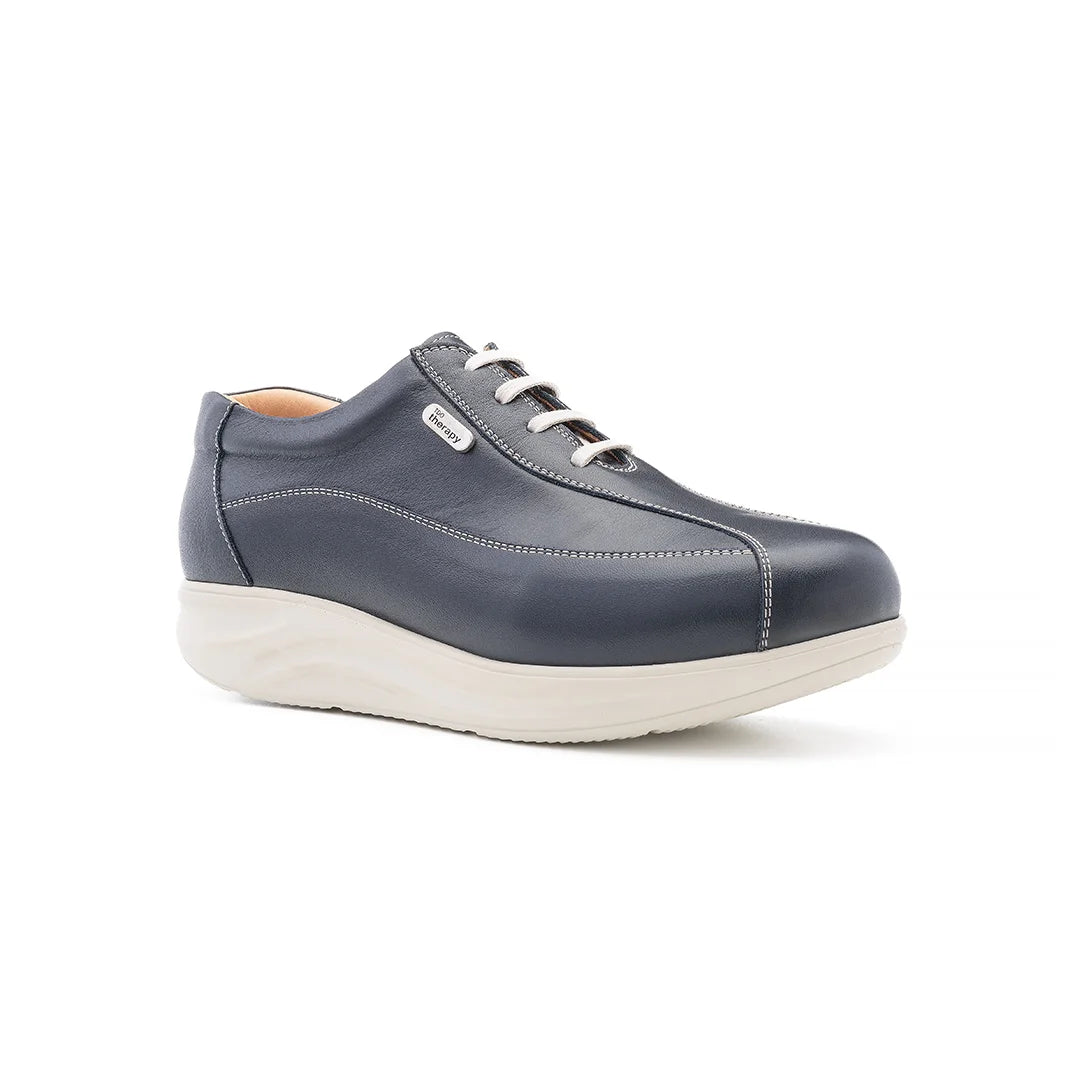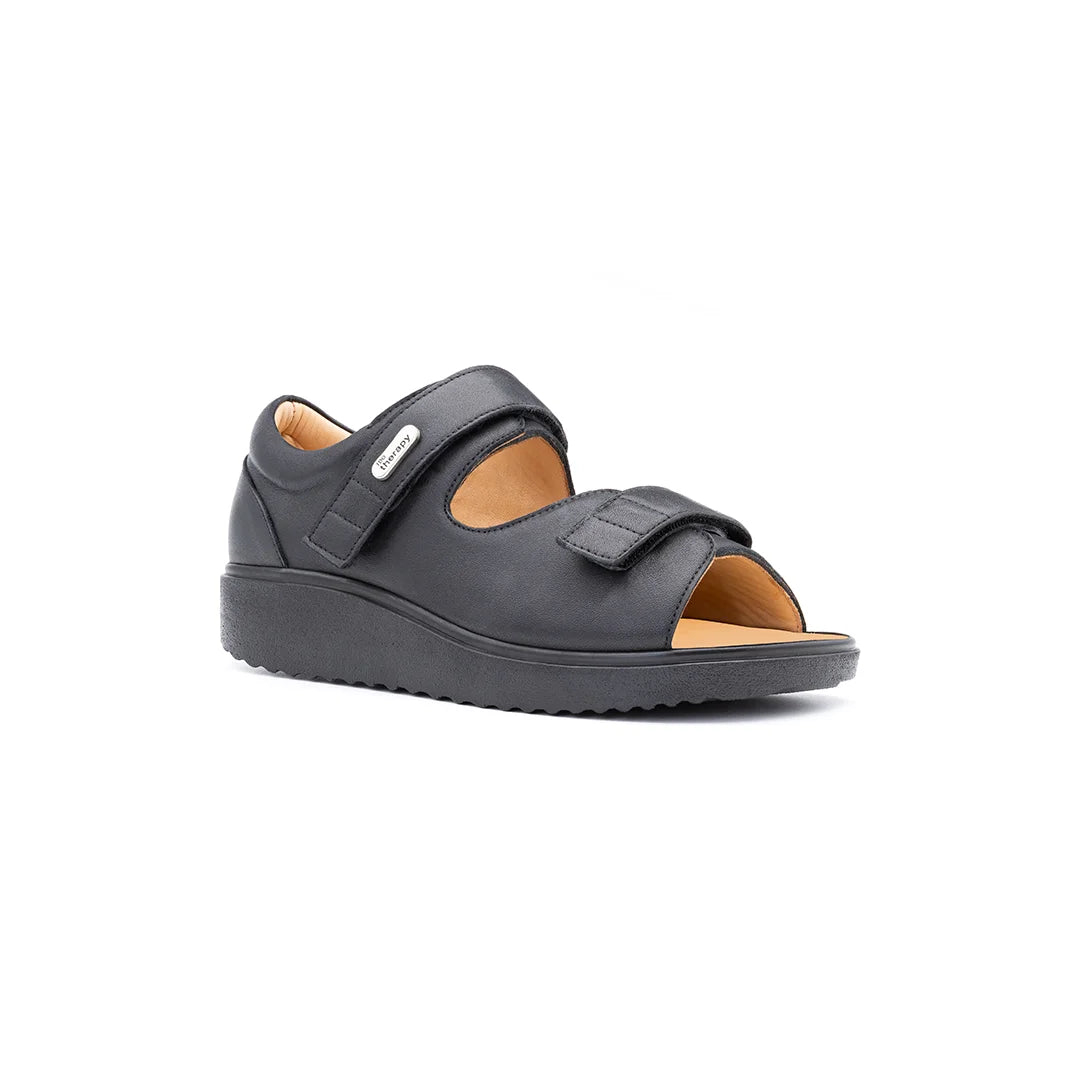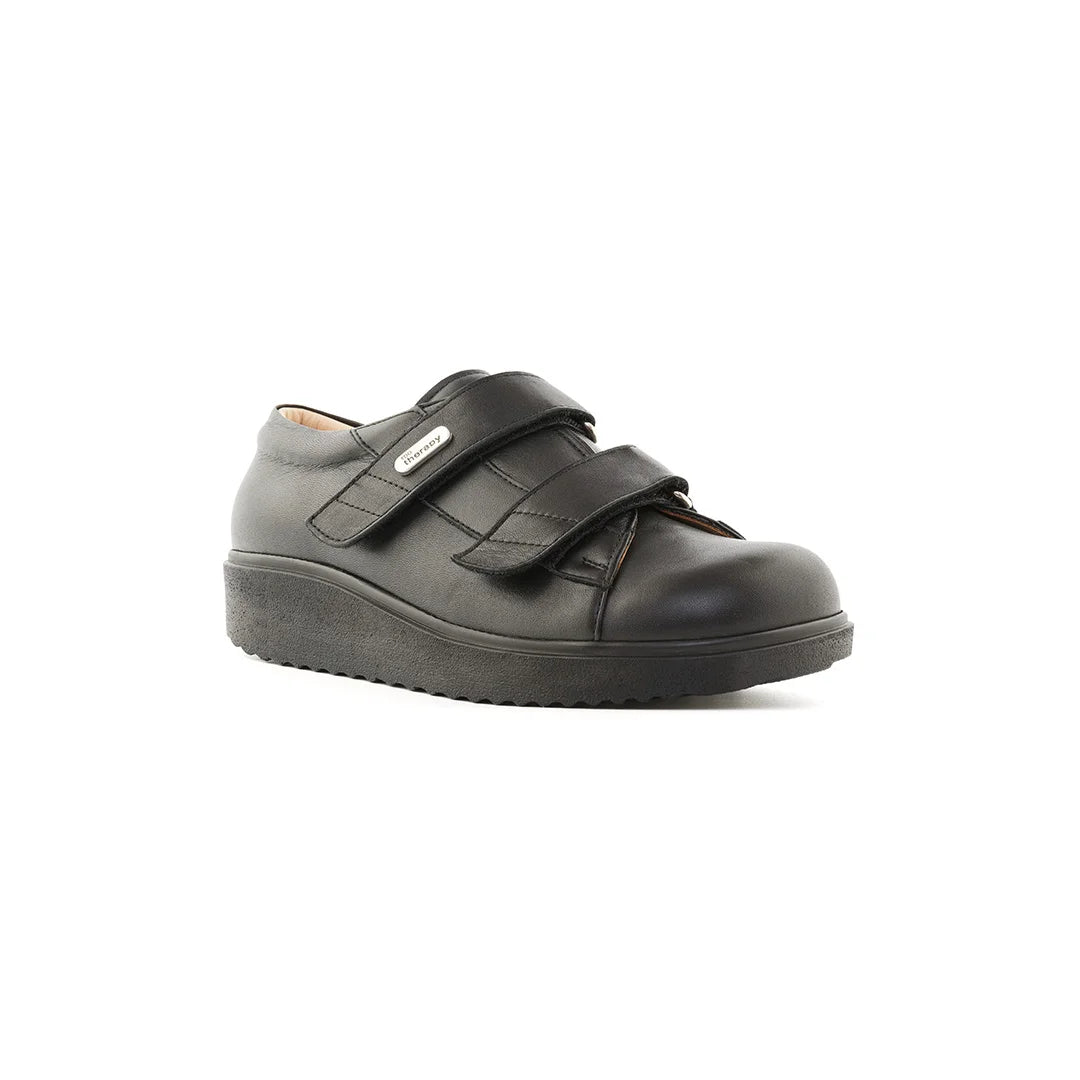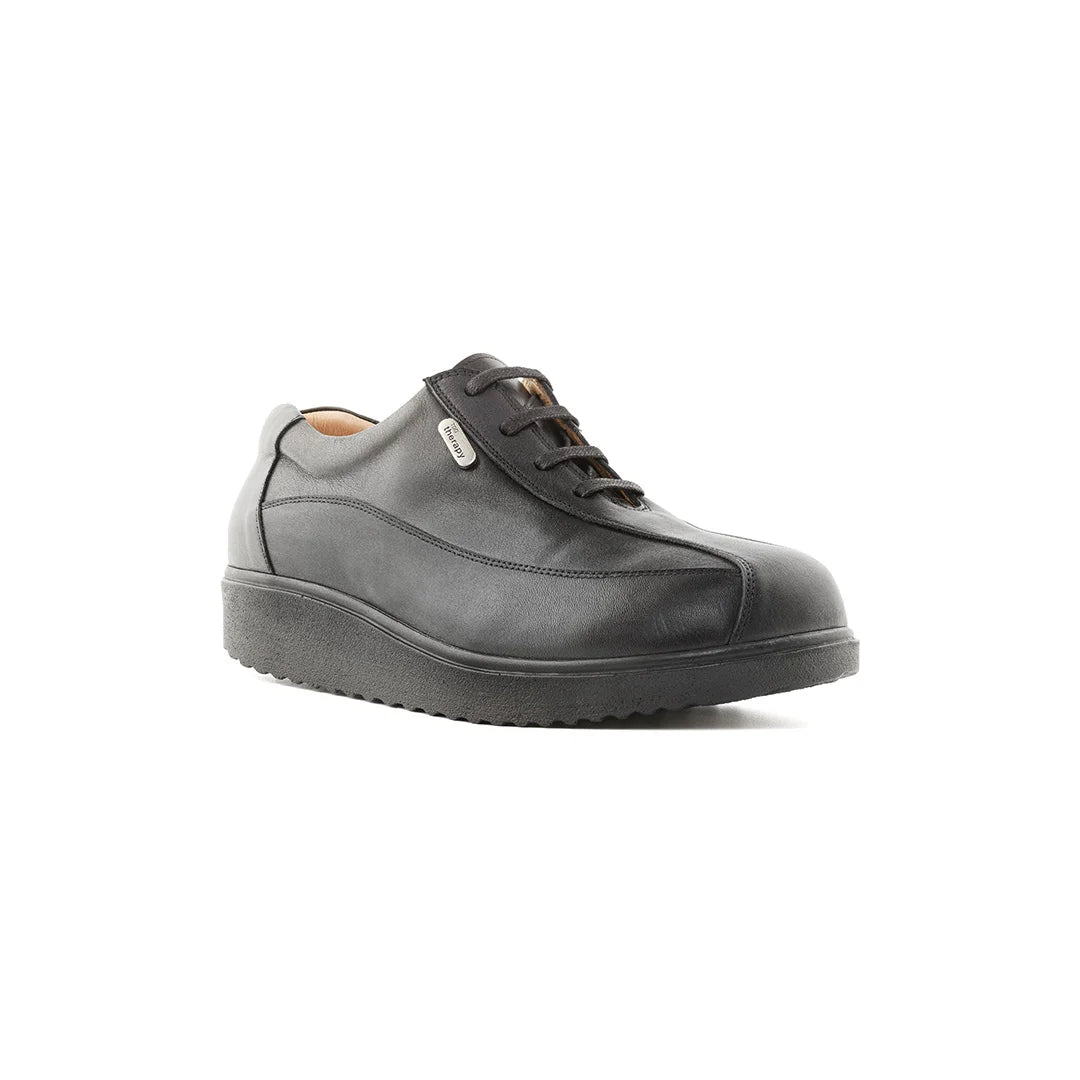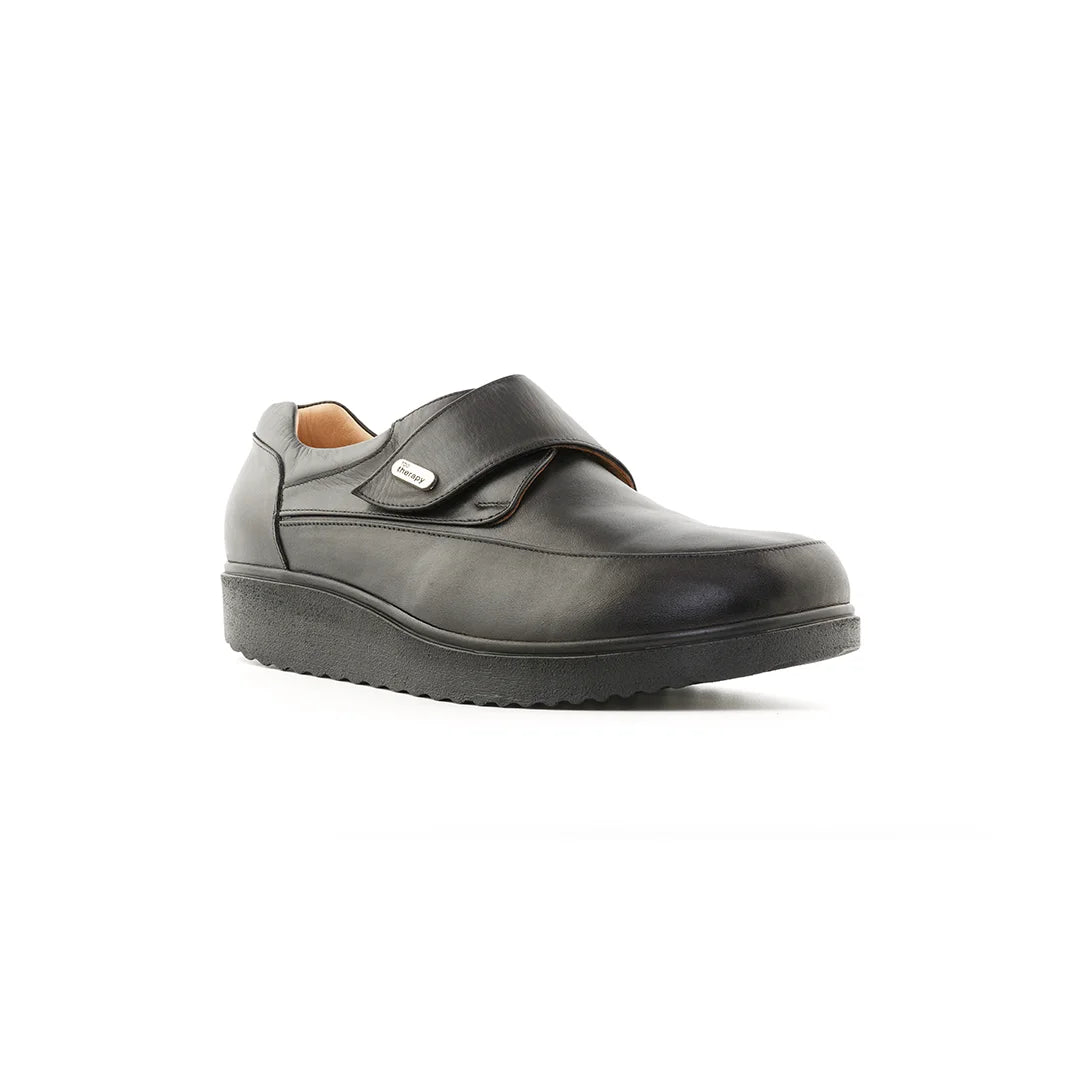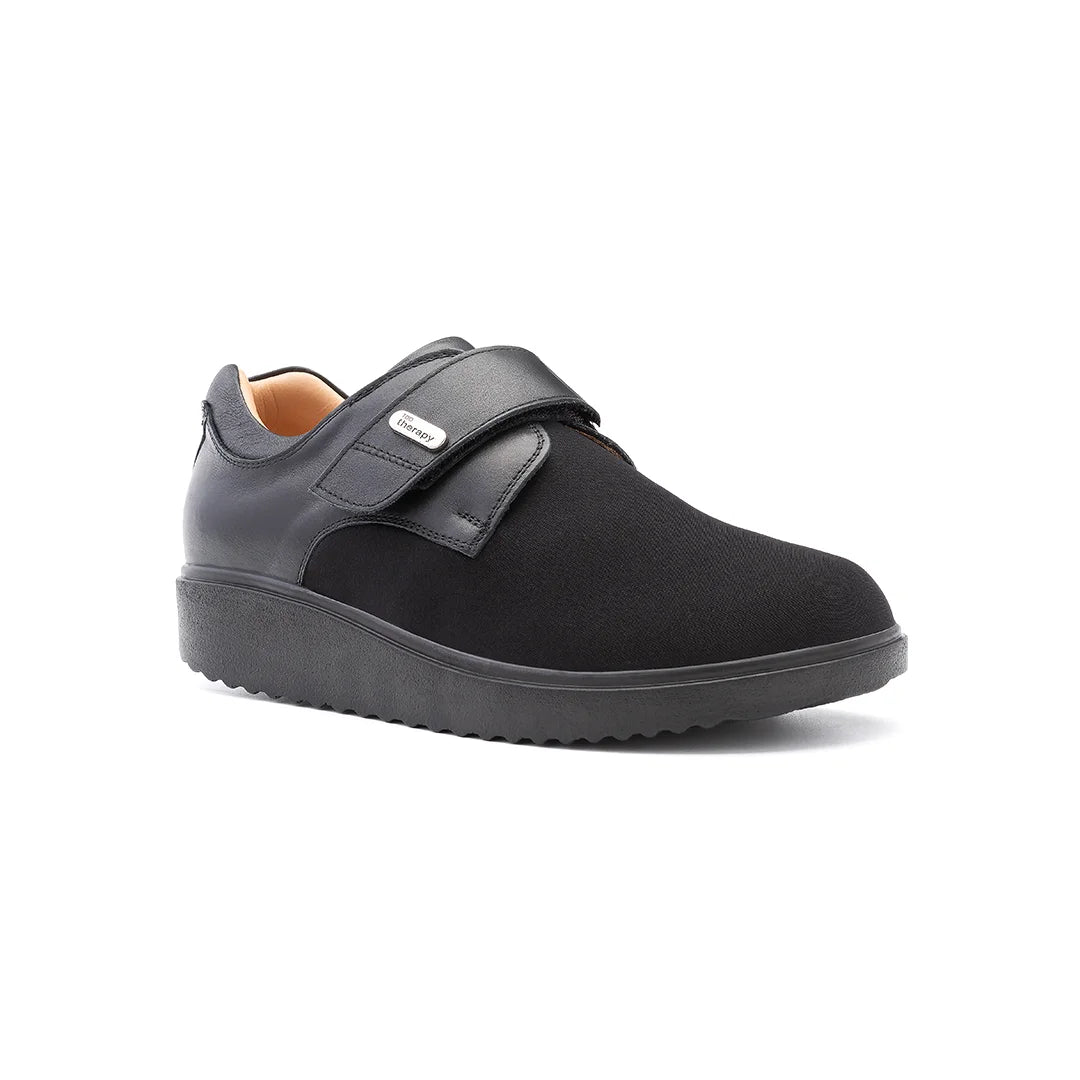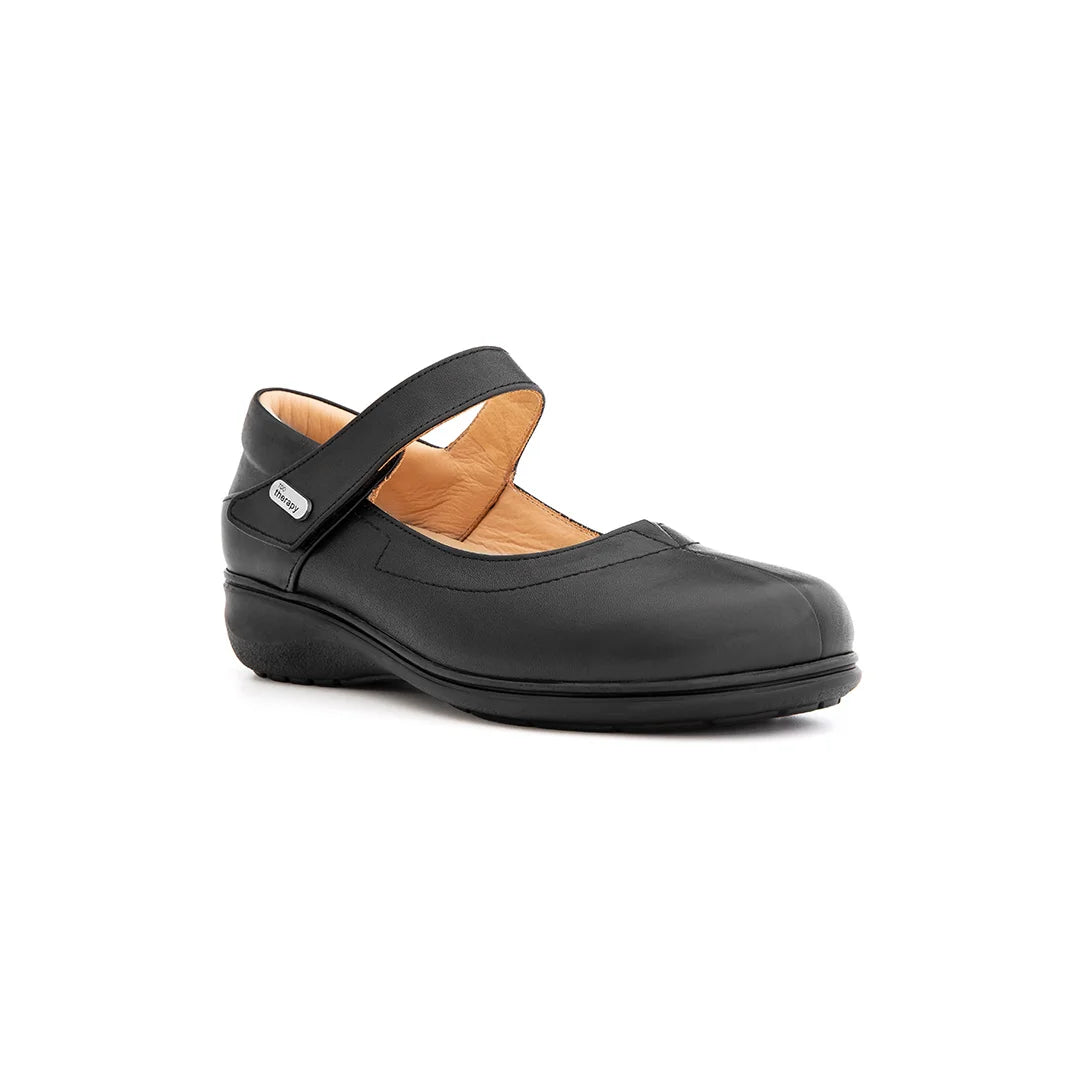Living with diabetes means paying extra attention to foot health, and your footwear plays a critical role in keeping your feet safe. Diabetic leather footwear, like the high-quality shoes offered by TDO Therapy, is designed to provide comfort, support, and protection for sensitive feet. However, improper cleaning can damage these specialized shoes or irritate your skin, putting your foot health at risk. In this guide, we’ll walk you through shoe care for diabetic leather footwear, offering expert tips to clean and maintain your shoes without causing damage. Whether you’re a TDO Therapy customer or exploring diabetic footwear options, this blog will help you keep your shoes in top condition while prioritizing your foot health.
Why Shoe Care for Diabetic Leather Footwear Matters
For individuals with diabetes, foot care is non-negotiable. Conditions like neuropathy (reduced sensation), poor circulation, and a higher risk of infections make every aspect of foot health crucial. Diabetic leather footwear, such as TDO Therapy’s diabetic shoe collection, is crafted to address these needs with features like seamless liners, wide toe boxes, and breathable leather. However, neglecting proper diabetic footwear maintenance can compromise these benefits.
Improper cleaning—using harsh chemicals, soaking the leather, or exposing shoes to heat—can cause cracking, warping, or bacterial growth, all of which can harm sensitive diabetic feet. For example, damaged leather may lose its ability to mold to your foot, creating pressure points that lead to sores or ulcers. Regular, gentle care ensures your shoes remain supportive, comfortable, and hygienic, reducing the risk of complications. According to Diabetes UK, consistent foot care, including proper footwear maintenance, is key to preventing serious issues.

Step-by-Step Guide to Shoe Care for Diabetic Leather Footwear
Follow this simple, expert-approved guide to clean and maintain your diabetic leather shoes without damage. These steps align with TDO Therapy’s care instructions to ensure your shoes, like the TDO 611.19-W, stay in excellent condition.
Step 1: Remove Surface Dirt
Start by gently brushing off dust and debris with a soft-bristled brush or a dry microfiber cloth. This prevents abrasive particles from scratching the leather or getting trapped inside, which could irritate sensitive feet. TDO Therapy advises beginning with a dry clean to protect the leather’s natural finish. Pay special attention to seams and crevices where dirt accumulates.
Step 2: Clean with Mild Soap
Mix a small amount of mild, fragrance-free soap (like baby soap) with lukewarm water. Dampen a clean cloth—ensuring it’s not soaking wet—and gently wipe the leather surface to remove stains or dirt. Avoid submerging the shoes or using excessive water, as this can weaken the leather or encourage mold growth. For stubborn spots, use light, circular motions, but don’t scrub harshly.
Step 3: Air Dry Naturally
After cleaning, let your shoes dry in a well-ventilated area at room temperature. Stuff them with newspaper or a shoe tree to maintain their shape. Never place diabetic leather shoes near radiators, hairdryers, or direct sunlight, as heat can cause the leather to shrink, crack, or lose its supportive structure. Proper drying is essential to prevent moisture-related issues that could affect foot hygiene.
Step 4: Condition the Leather
Once dry, apply a small amount of neutral leather conditioner or cream using a clean cloth. TDO Therapy recommends fragrance-free products to avoid skin irritation, especially for diabetic feet prone to sensitivity. Conditioning keeps the leather supple, prevents cracking, and maintains its ability to mold to your foot for optimal comfort. Apply sparingly and buff gently to restore the leather’s natural sheen.
Step 5: Rest the Shoes
Rotate your diabetic shoes, allowing at least 24 hours of rest after two days of wear. This gives the leather time to dry out from natural foot moisture, preserving its shape and preventing odor or bacterial buildup. TDO Therapy’s shoes, designed with breathable materials, benefit from this practice, ensuring they remain supportive and hygienic over time.
Common Mistakes to Avoid in Shoe Care for Diabetic Leather Footwear
While cleaning your diabetic leather shoes, steer clear of these common pitfalls to protect both the shoes and your feet:
-
Over-Wetting the Leather: Excessive water can weaken leather, cause mold, or damage the shoe’s structure, leading to discomfort or pressure points.
-
Using Harsh Chemicals: Avoid household cleaners, alcohol-based products, or scented polishes, as they can irritate sensitive skin or degrade leather.
-
Ignoring Wear and Tear: Small tears or worn-out soles can create friction, increasing the risk of blisters or sores. Inspect your shoes regularly and replace them when needed.
-
Not Alternating Shoes: Wearing the same pair daily traps moisture, shortening the leather’s lifespan and promoting bacterial growth.
By following diabetic shoe care tips like these, you’ll keep your TDO Therapy shoes in top condition, ensuring they continue to support your foot health.
Benefits of Proper Shoe Care for Diabetic Leather Footwear
Investing time in leather shoe care for diabetes offers significant rewards for both your shoes and your health:
-
Extended Shoe Lifespan: Regular cleaning and conditioning prevent leather damage, saving you the cost of frequent replacements. TDO Therapy’s durable shoes are designed to last with proper care.
-
Enhanced Comfort and Support: Well-maintained shoes retain their shape, cushioning, and protective features, like TDO’s seamless liners and rocker-bottom soles, reducing the risk of pressure sores.
-
Improved Foot Hygiene: Clean, dry shoes minimize the risk of bacterial or fungal infections, which are particularly dangerous for diabetic feet.
-
Cost-Effective Maintenance: Simple tools like a soft brush, mild soap, and leather conditioner are affordable and widely available, making care accessible.
By prioritizing shoe care for diabetic leather footwear, you’re taking a proactive step toward better foot health and long-lasting comfort.
Frequently Asked Questions (FAQ)
1. How often should I clean my diabetic leather footwear?
Clean your diabetic leather shoes every 1–2 weeks or whenever they’re visibly dirty. Regular cleaning, as recommended by TDO Therapy, prevents dirt buildup that could irritate sensitive feet or damage the leather. Always follow the how to clean leather diabetic shoes steps outlined above.
2. Can I use regular shoe polish on diabetic leather shoes?
No, avoid regular shoe polish, as it often contains chemicals that can irritate diabetic skin or damage leather. Instead, use a neutral, fragrance-free leather conditioner, as advised by TDO Therapy, to keep your shoes supple and safe.
3. What should I do if my diabetic leather shoes get wet?
Remove excess water with a dry cloth, stuff the shoes with newspaper to retain their shape, and let them air dry in a well-ventilated area away from heat sources. This prevents leather damage and maintains the shoe’s supportive structure.
4. How can I prevent odor in my diabetic leather footwear?
Alternate your shoes daily, wear moisture-wicking socks, and ensure your shoes are fully dry between uses. TDO Therapy’s breathable leather designs help, but resting shoes for 24 hours reduces moisture and prevents bacterial growth.
5. Are TDO Therapy’s diabetic shoes easy to maintain?
Yes, TDO Therapy’s diabetic shoes, like the TDO 606-M, are crafted for easy care. Their high-quality leather and clear maintenance instructions make diabetic footwear maintenance straightforward, ensuring long-lasting comfort and support.



